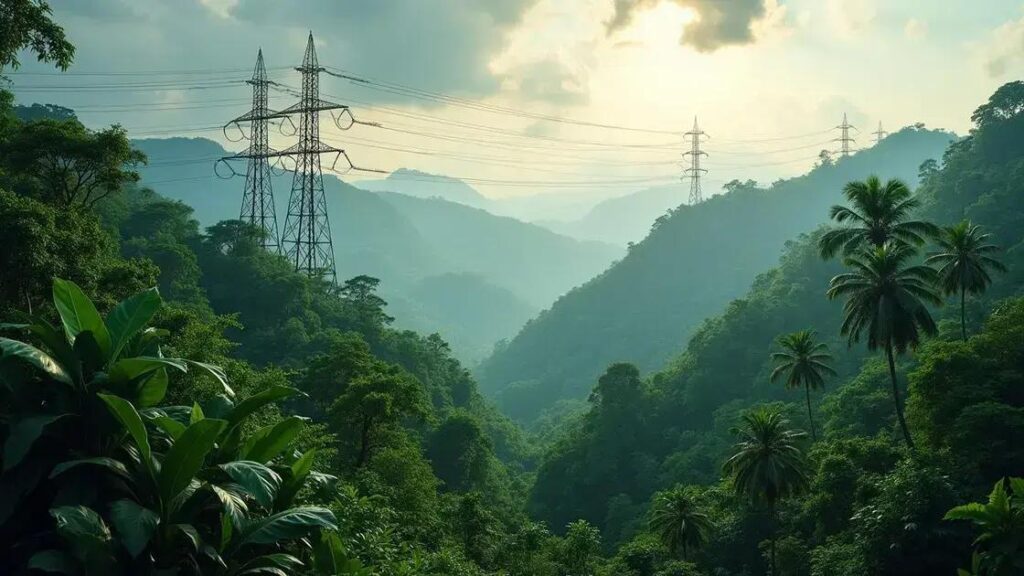The risk of dependency with Amazonic Power includes ecological impacts, social challenges, and economic vulnerability. To mitigate these risks, diversifying energy sources, exploring sustainable alternatives like solar and wind energy, and engaging communities in energy discussions are essential strategies for a balanced and responsible energy future.
Is there a risk of dependency with Amazonic Power? This question weighs heavily as we consider our energy sources. In an age where sustainable energy is paramount, Amazonic Power offers potential but also raises concerns about over-reliance. In this article, we delve into what Amazonic Power is, the potential risks involved, the dependency concerns it presents, and what alternatives exist. Join us as we explore these key points for a better understanding.
Understanding Amazonic Power
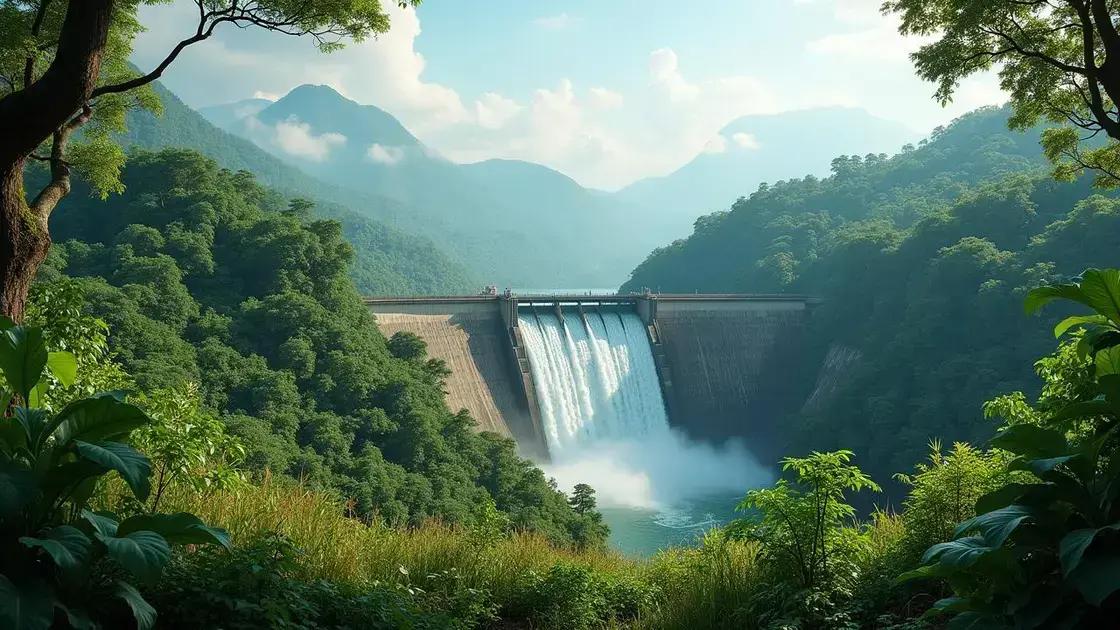
Understanding Amazonic Power is crucial as it plays a significant role in the energy landscape of the Amazon region. Amazonic Power refers to energy generated from renewable sources found in the Amazon rainforest, including hydroelectric plants and biomass. These energy sources are becoming increasingly popular due to the need for sustainable energy solutions.
How Amazonic Power Works
Amazonic Power mainly utilizes the natural flow of water in rivers to generate electricity. Hydroelectric power plants harness this flow and convert it into usable energy. Biomass energy is produced from organic materials found in the rainforest, like trees and plants, that can be converted into biofuels.
Benefits of Amazonic Power
One significant benefit of Amazonic Power is its sustainability. By using natural resources that are abundant in the region, we can reduce reliance on fossil fuels. Additionally, it helps in preserving the environment by minimizing harmful emissions that contribute to climate change.
Geographical Importance
The Amazon rainforest is one of the largest ecosystems in the world, making it an ideal location for renewable energy production. The unique geography allows for a diverse range of energy sources. Furthermore, harnessing energy from this region can aid in protecting the rainforest from deforestation, as it incentivizes maintaining the natural habitat.
As we delve deeper into the benefits and challenges of Amazonic Power, it becomes evident that while it offers great potential, it also raises important questions about energy dependency and environmental impact.
Potential Risks Involved
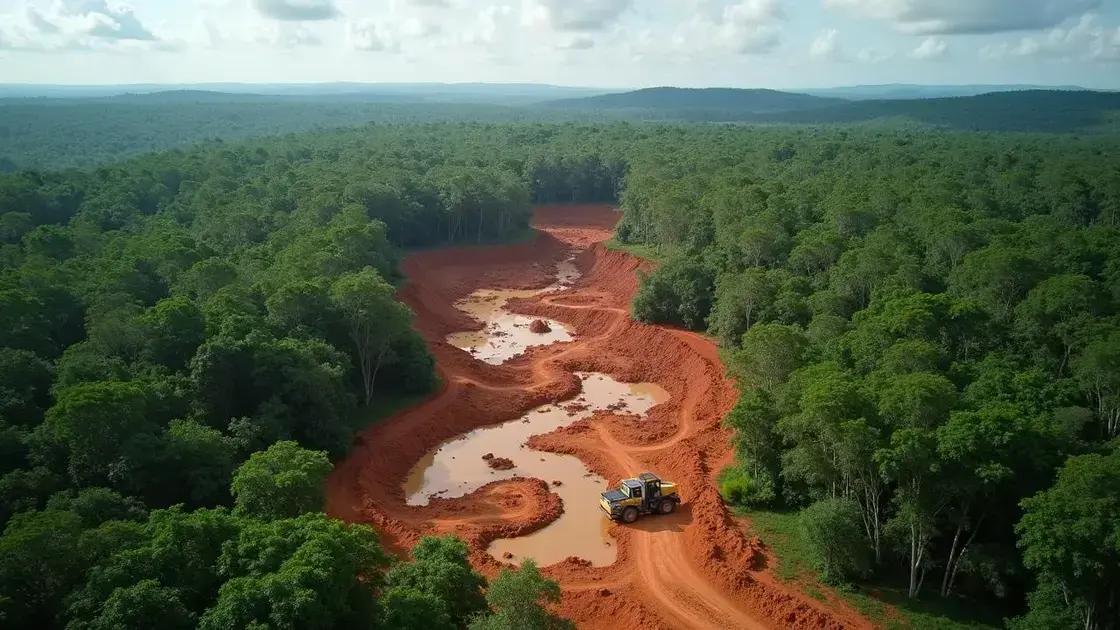
While Amazonic Power offers sustainable energy solutions, there are potential risks involved that must be considered. One major concern is the ecological impact on the Amazon rainforest. The construction of hydroelectric dams and power plants can disrupt local ecosystems and lead to habitat loss for various species.
Environmental Concerns
Hydroelectric projects often require flooding large areas of land, which can threaten both plant and animal life. This alteration of natural landscapes impacts biodiversity. Furthermore, sedimentation in rivers can rise as trees and vegetation are removed, affecting water quality.
Social and Economic Implications
Indigenous communities living in the Amazon may face displacement due to energy projects, which can create social conflicts. The loss of land not only affects their culture but can also disrupt their livelihoods. Moreover, these projects can lead to increased competition for resources.
Dependency on a Single Energy Source
Relying heavily on Amazonic Power can create a dependency on this one resource. If environmental factors, such as climate change or natural disasters, severely affect the production of Amazonic Power, it could lead to energy shortages. This makes the economy vulnerable and could impact local development.
In summary, it is crucial to take these potential risks into account when considering the future of Amazonic Power. A balanced discussion on its benefits and drawbacks will help in making informed decisions for energy sustainability.
Addressing Dependency Concerns
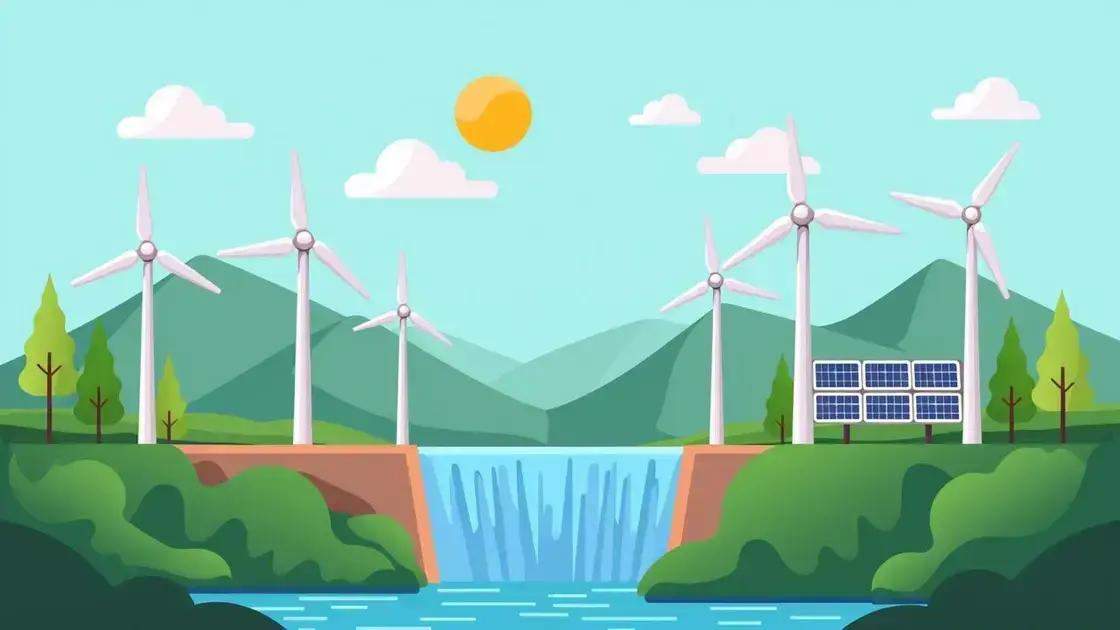
Addressing dependency concerns related to Amazonic Power is essential for developing a balanced energy strategy. The heavy reliance on this single energy resource poses risks, so diversifying energy sources is vital to ensure sustainability.
Promoting Energy Diversification
One way to address dependency is by encouraging the use of alternative energy sources, such as solar, wind, and geothermal power. By creating a mixed energy portfolio, the risks associated with relying solely on Amazonic Power can be minimized. This also fosters innovation and boosts local economies by creating jobs in various energy sectors.
Investing in Research and Development
Investing in research and development can lead to improved technologies for energy production and consumption. Enhanced efficiency in using Amazonic Power can reduce overall dependency. Research initiatives can also explore new sources of renewable energy that are sustainable and less harmful to the environment.
Community Involvement and Education
Engaging local communities in energy discussions helps raise awareness about dependency issues. Educational programs can empower communities to understand the benefits of diverse energy options. Community-driven projects can also highlight the importance of protecting the environment while utilizing energy resources.
Government Policies and Regulations
Establishing government policies that incentivize the use of multiple energy sources is essential. Regulations should encourage investment in cleaner energy technologies. Supporting microgrid systems can provide resilience against energy shortages and ensure that local needs are met.
By addressing these dependency concerns, we can work towards a future that is more balanced and less reliant on a single source of energy, promoting sustainability and ecological health.
Alternatives to Amazonic Power
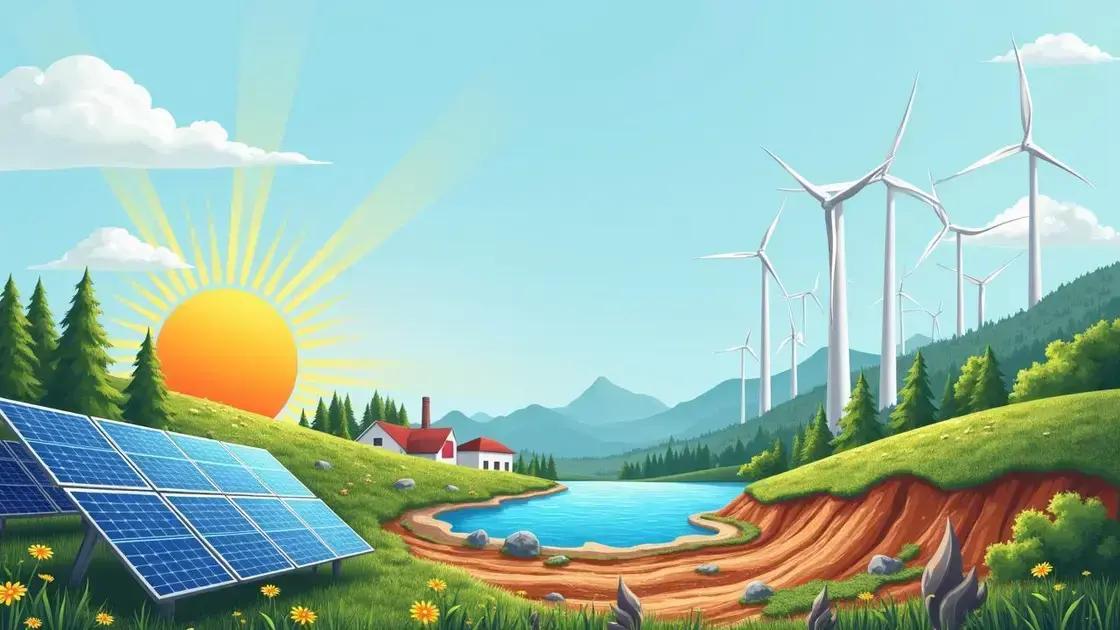
Exploring alternatives to Amazonic Power is vital to ensure a sustainable energy future. By diversifying energy sources, we can reduce dependence on any single system while also protecting the environment.
Solar Energy
Solar energy harnesses the power of the sun through photovoltaic panels. This energy source is abundant and renewable. Installing solar panels can lead to significant cost savings on electricity bills. Additionally, solar farms can be built on degraded lands, preserving natural habitats in untouched areas.
Wind Energy
Wind energy uses wind turbines to convert wind into electricity. It is a clean and renewable power source that produces no emissions during operation. Wind farms can be located onshore or offshore, allowing flexibility in deployment. Investing in wind energy can also create jobs in turbine manufacturing and maintenance.
Geothermal Energy
Geothermal energy harnesses heat from the Earth’s interior. It provides a stable energy source that can produce continuous electricity regardless of weather conditions. Geothermal plants emit very low levels of greenhouse gases. This makes them an excellent alternative for reducing carbon footprints in energy production.
Biomass Energy
Biomass energy derives from organic materials like plant and animal waste. It can be converted into biofuels, which serve as cleaner alternatives to fossil fuels. Biomass energy can also help reduce landfill waste by repurposing organic matter. However, it is crucial to source biomass sustainably to prevent deforestation.
Integrating these alternatives can provide more energy security and lessen the environmental impact associated with traditional energy sources. By considering these options, we can work toward a more balanced and responsible energy portfolio.
In conclusion, addressing the risks and benefits of Amazonic Power
Understanding the complexities surrounding Amazonic Power is crucial for making informed decisions about our future energy sources. While this energy can bring significant advantages, such as sustainability and ecosystem preservation, it also poses potential risks, including environmental impact and social challenges.
By addressing dependency concerns through diversification of energy sources, investment in research, and community engagement, we can mitigate these risks effectively. Exploring alternatives such as solar, wind, geothermal, and biomass energy presents exciting opportunities to transform our energy landscape.
In today’s world, a balanced energy strategy is not just about utilizing available resources; it is about ensuring a sustainable future for generations to come. By embracing a multifaceted approach, we can reduce dependency on any one energy source and foster a more resilient and eco-friendly energy ecosystem.
FAQ – Frequently Asked Questions about Amazonic Power
What is Amazonic Power?
Amazonic Power refers to energy generated from renewable sources in the Amazon rainforest, such as hydroelectric plants and biomass.
What are the potential risks of Amazonic Power?
The potential risks include ecological impact on the rainforest, displacement of indigenous communities, and dependency on a single energy source.
How can dependency on Amazonic Power be addressed?
Dependency can be addressed by promoting energy diversification, investing in research and development, and engaging communities in energy discussions.
What are some alternatives to Amazonic Power?
Alternatives include solar energy, wind energy, geothermal energy, and biomass energy, all of which can provide sustainable options for energy production.
What benefits do renewable energy alternatives provide?
Renewable energy alternatives reduce environmental impact, create jobs, promote energy security, and can lead to significant cost savings in the long run.
Why is it important to address the risks of Amazonic Power?
Addressing these risks ensures that we can utilize Amazonic Power sustainably while protecting the environment and supporting local communities.

